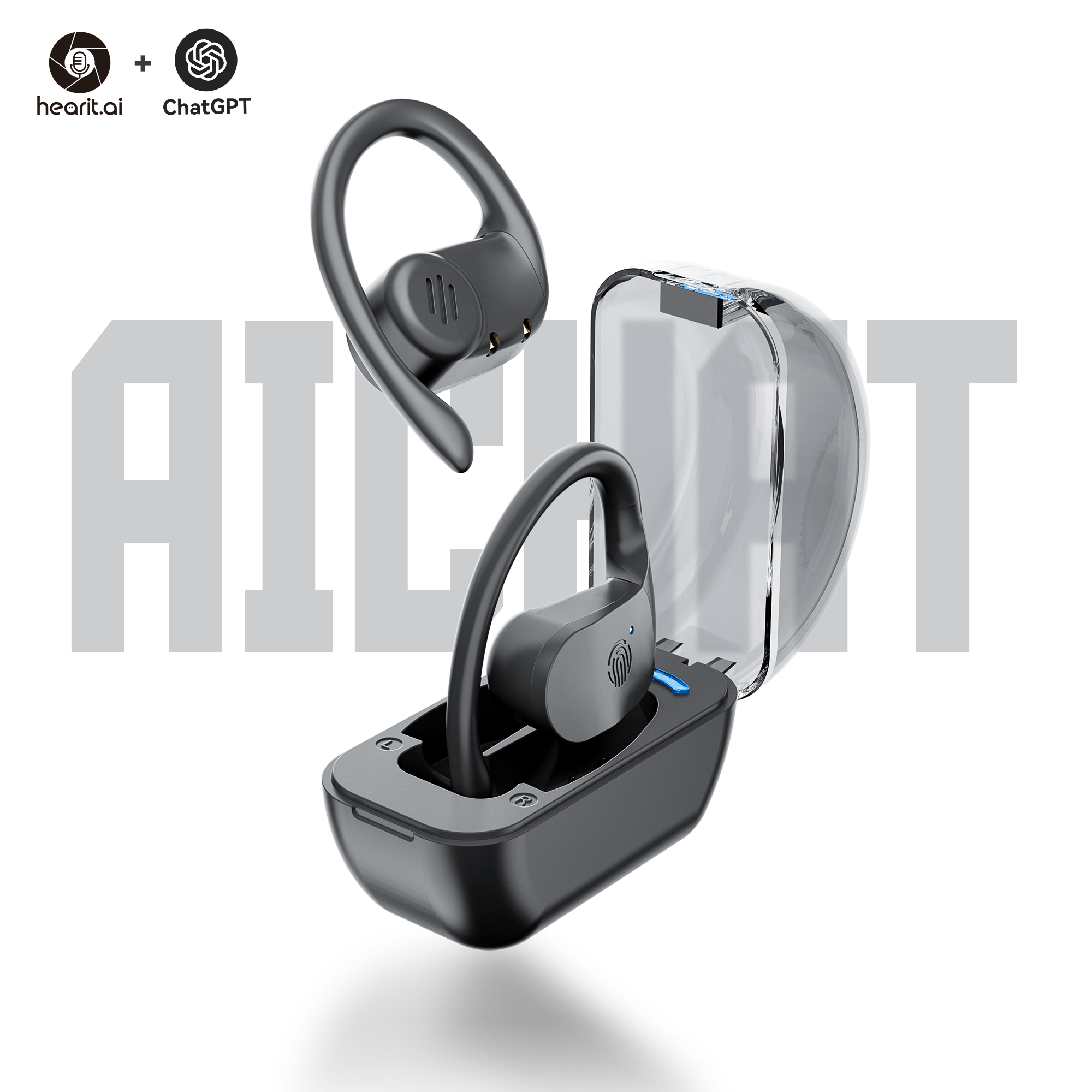With the continuous advancement of science and technology, artificial intelligence (AI) technology has penetrated into every aspect of our lives, from smartphones, smart homes to driverless cars, all of which reflect the powerful capabilities of AI. In this era of rapid technological development, headphones, as an indispensable digital product in daily life, have also begun to incorporate AI technology and become smart headphones. This article will deeply explore the principles, functions, market prospects of AI headphones and their impact on future life.
How AI Headphones Work
The core of AI headphones lies in their built-in artificial intelligence chips and advanced software algorithms. These technologies make the headphones not just an audio output device, but an intelligent interactive assistant. AI headphones achieve their intelligent functions through the following main steps:
Translation function
The AI headset also has a real-time translation function, which can instantly translate between different languages through voice recognition and machine translation technology, which provides great convenience for travelers and cross-border business communicators.
Intelligent noise reduction
Traditional noise-canceling headphones can only reduce ambient noise through simple physical sound insulation and active noise reduction technology, while AI headphones can dynamically adjust the noise reduction level according to the surrounding environment. AI headphones can analyze ambient sound and intelligently adjust the noise reduction effect, allowing users to get the best listening experience in different scenarios.
Market prospects and challenges
Market demand and potential
As consumers’ demand for high-quality audio experience and smart devices continues to increase, the AI headset market shows great development potential. According to a report by market research company Gartner, the smart headset market will maintain rapid growth in the next few years, and the global smart headset market size is expected to reach tens of billions of dollars by 2025. The main driving factors include:
- Technological progress : The rapid development of AI technology has made smart headphones more and more powerful and the user experience has been continuously improved.
- Consumer demand : People’s demand for smart devices is increasing, especially in the field of audio equipment. Consumers are more willing to pay for high-quality, intelligent products.
- Diversified applications : AI headphones are not just audio devices, but also a multi-functional smart assistant with a wide range of application scenarios, covering everything from daily life to professional work.
Challenges
Although the AI headset market is promising, it still faces some challenges:
- Technical complexity : AI headphones need to integrate multiple advanced technologies, which has high R&D costs and also places higher requirements on manufacturing processes.
- Privacy and security : The widespread use of smart devices has brought about data privacy and security issues. How to protect user data security is an issue that AI headset manufacturers need to focus on.
- User experience : Although AI headphones are powerful, how to achieve a stable and smooth user experience in a compact device is also a major challenge.
Future Outlook
Smarter interactive experience
The AI headsets of the future will pay more attention to the interactive experience with users. Through more advanced natural language processing and voice recognition technologies, AI headsets will be able to more accurately understand and respond to user needs and provide more personalized and considerate services.
Seamless collaboration across devices
In the future, AI headphones will be able to work better with other smart devices to achieve a seamless cross-device experience. For example, when users use AI headphones to play music at home, they can seamlessly switch to smart speakers or TVs to continue playing, providing a more convenient and coherent user experience.

Stronger ability to adapt to the environment
Future AI headphones will have stronger environmental adaptability and will be able to automatically adjust sound and noise reduction effects according to different usage scenarios. For example, they will enhance noise reduction when commuting and enhance the human voice frequency band in an office environment, allowing users to get the best hearing experience no matter where they are.
As a perfect combination of technology and life, AI headphones are gradually changing our daily lives. By integrating advanced artificial intelligence technology, AI headphones not only provide a high-quality audio experience, but also become an intelligent life assistant. From smart voice assistants, personalized music recommendations to health monitoring and real-time translation, the multifunctional applications of AI headphones have demonstrated their huge market potential and development prospects. Despite the challenges of technical complexity, privacy and security, with the continuous advancement of technology, future AI headphones will become smarter and more convenient, bringing users a richer user experience. We look forward to AI headphones becoming an indispensable part of everyone’s life in the near future, helping us move towards a more intelligent future.





Leave a Reply
You must be logged in to post a comment.